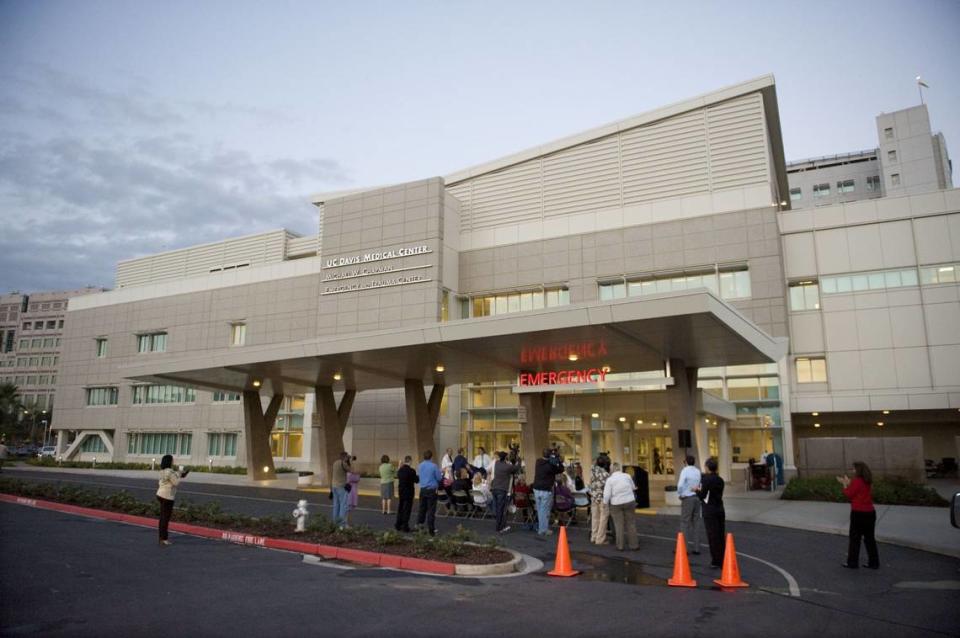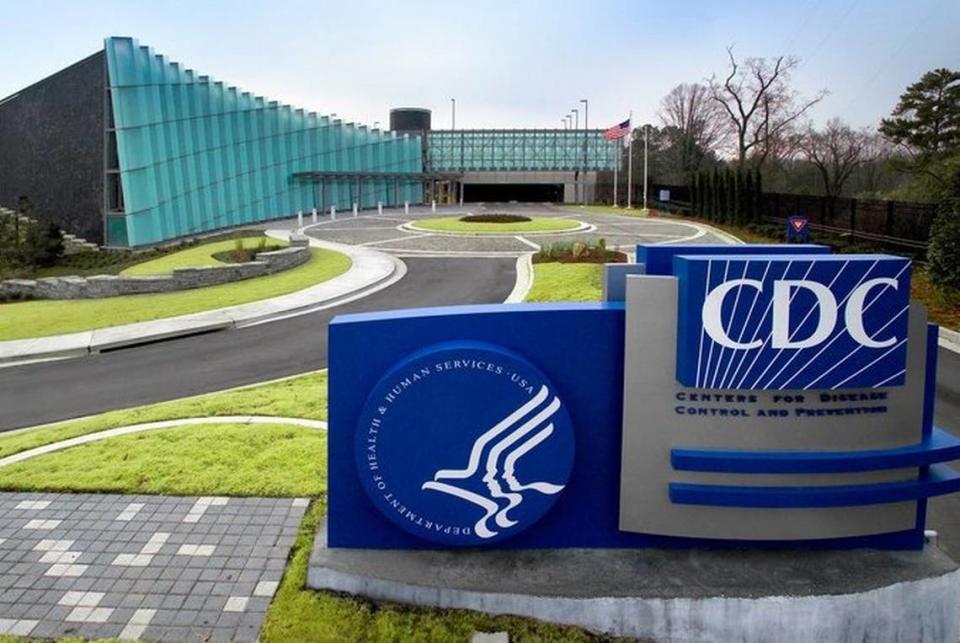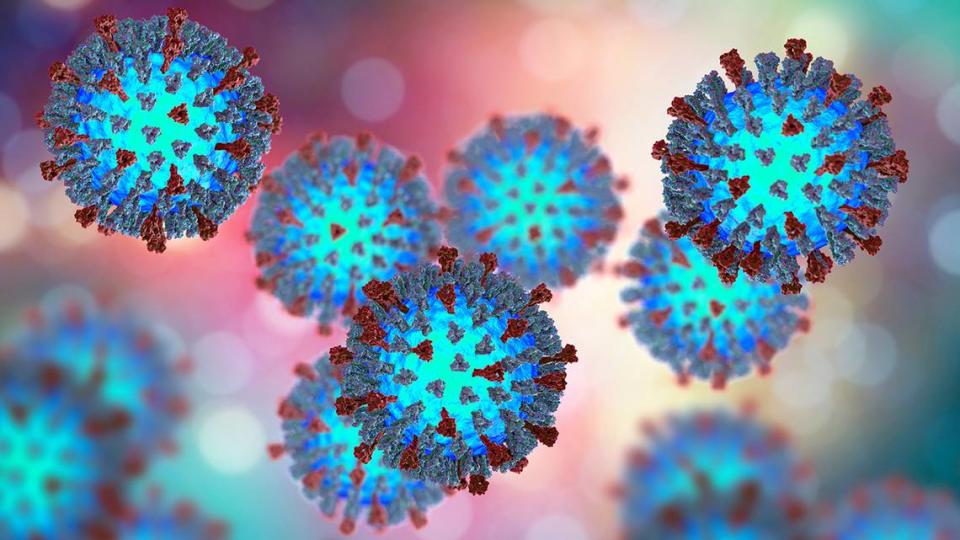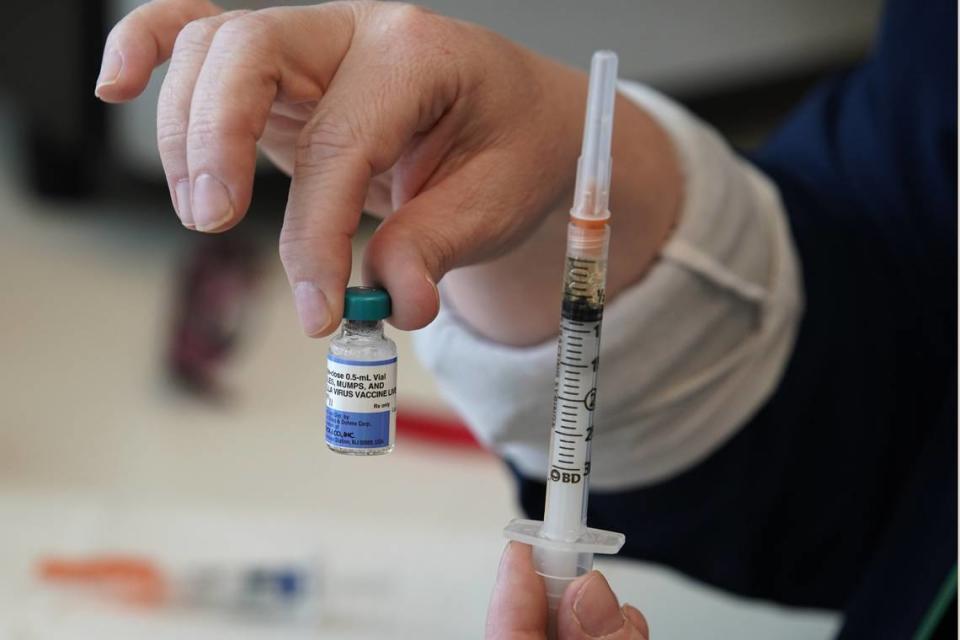Measles in Northern California: How contagious is the virus? What are the symptoms?
Measles has struck Northern California for the second time in a month, health officials confirmed this week.
On Thursday, Stanislaus County health officials announced that they’re investigating a measles case involving an unvaccinated child who recently traveled outside the country and returned with the infection.
A separate child tested positive for measles after being evaluated March 5 at a medical facility in San Joaquin County and UC Davis Medical Center’s emergency department, according to public health officials from Sacramento and El Dorado counties.

About 300 area residents were potentially exposed to the deadly disease.
California health officials also reported two measles cases in early February.
Here’s what you need to know:
What is measles?
Measles is a highly contagious viral disease that can cause serious health complications, especially in children younger than 5, according to the California Department of Public Health.
Unvaccinated children are most at risk of getting measles, health care company Johns Hopkins Medicine said, as are people who aren’t able to get the measles vaccine or have compromised immune systems.
“The number of children who are not getting the measles vaccine has increased, making the U.S. population more susceptible to infection,” John Hopkins Medicine said on its website.

What are the symptoms?
According to the federal Centers for Disease Control and Prevention, common measles symptoms include a high fever that can spike to more than 104 degrees, a cough, runny nose, and red, watery eyes.
People with measles may also develop a rash three to five days after symptoms begin, the agency said.
“The rash typically appears first on the face, along the hairline, and behind the ears and then affects the rest of the body,” the California Public Health Department said.
How contagious is the disease? How does it spread?
“Measles is so contagious that if one person has it, up to 90% of the people close to that person who are not immune will also become infected,” the CDC said.
Measles spreads through the air when an infected person coughs or sneezes.
Infected people can spread measles to others anytime from four days before developing a rash through four days after it shows up.
The virus that causes measles can “live for up to two hours in an airspace after an infected person leaves an area,” the CDC said.
Is measles dangerous?
The CDC said that about one in five people in the United States who get measles are hospitalized.
One out of every 1,000 people with measles develop brain swelling, which could lead to brain damage, the CDC said, and one to three out of 1,000 people with measles die.
Complications from measles can range from ear infections and diarrhea to pneumonia and encephalitis, or brain swelling.
Those more likely to suffer from measles complications include kids younger than 5 years old, pregnant women, adults older than 20 and people with compromised immune systems.

How many measles cases are there in California? In the US?
As of March 6, four confirmed cases of measles had been reported in California in 2024, the state health department said.
There were no measles cases reported in California in 2022, the agency said, and four measles cases were confirmed in the state in 2023.
A total of 45 measles cases had been reported so far this year in jurisdictions across the United States as of March 7, the CDC said.
In contrast, the U.S. saw a total of 121 cases in 2022 and 58 cases in 2023.
According to the CDC, the worst U.S. measles outbreak in recent years occurred in 2019, when the agency confirmed a total of 1,274 cases of the disease.
That was the greatest number of measles cases reported in the nation since 1992, the agency said, adding that the majority of cases involved people who weren’t vaccinated.
The number of children who are not getting the measles vaccine has increased, making the U.S. population more susceptible to infection.

How can I keep from getting measles?
Measles can be prevented with the measles, mumps, rubella vaccine, which provides long-lasting protection against all strains of measles, the CDC said.
Two doses of MMR vaccine are about 97% effective at preventing measles, the agency said, while one dose is about 93% effective.
“Measles is more likely to spread and cause outbreaks in U.S. communities where groups of people are unvaccinated,” the CDC said.
What do you want to know about life in Sacramento? Ask our service journalism team your top-of-mind questions in the module below or email servicejournalists@sacbee.com.

